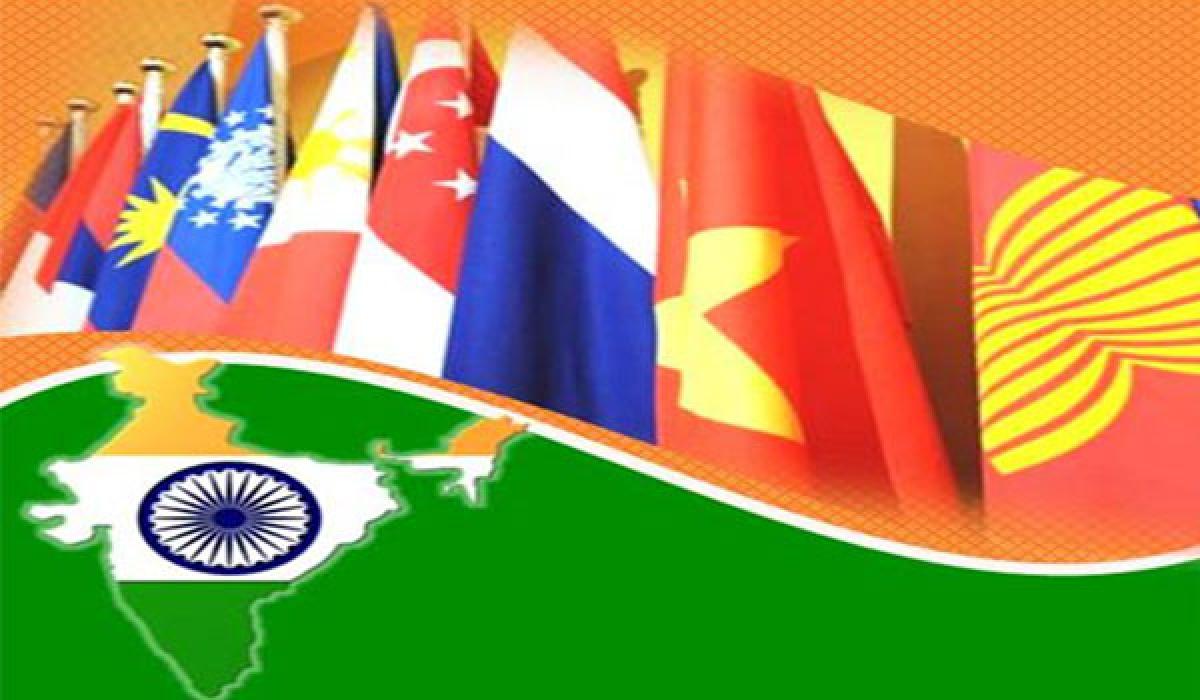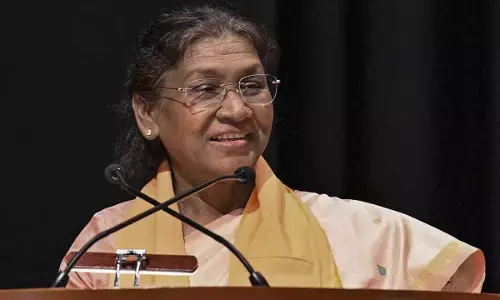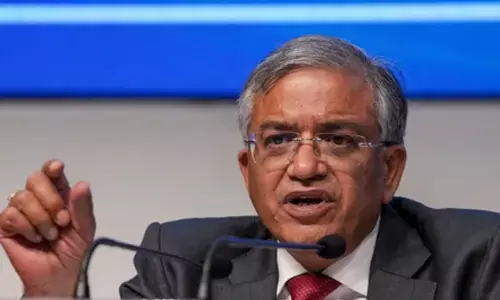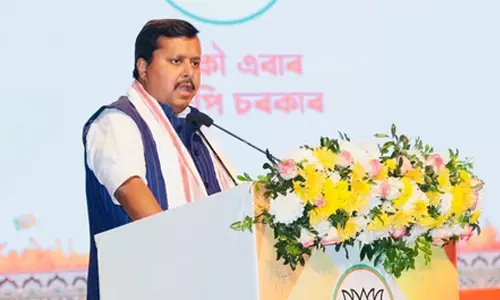India Foreign Policy

The foreign policy of the government concerns the policy initiatives made towards other states. The Ministry of External Affairs is responsible for carrying out the foreign policy of India. Foreign policy is currently focused on improving relations with neighboring countries in South Asia, engaging the extended neighbor-hood in Southeast Asia and the major global powers.
The foreign policy of the government concerns the policy initiatives made towards other states. The Ministry of External Affairs is responsible for carrying out the foreign policy of India. Foreign policy is currently focused on improving relations with neighboring countries in South Asia, engaging the extended neighbor-hood in Southeast Asia and the major global powers.
History
- Even before independence, the Government of India maintained semi-autonomous diplomatic relations.
- After India gained independence it soon joined the Commonwealth of Nations and strongly supported independence movements in other colonies.
- During the Cold War, India adopted a foreign policy of not aligning itself with any major power bloc.
- However, India developed close ties with the Soviet Union and received extensive military support from it.
- The end of the Cold War significantly affected India's foreign policy, as it did for much of the world.
Recent Developments
- Neighbourhood First
- New Delhi’s willingness to give political and diplomatic priority to its immediate neighbours and the Indian Ocean island states
- Provide neighbours with support, as needed, in the form of resources, equipment, and training.
- Greater connectivity and integration, so as to improve the free flow of goods, people, energy, capital, and information.
- India has also become more forthcoming in providing support and in capacity building, whether concluding its biggest ever defense sale to Mauritius, or in providing humanitarian assistance to Nepal or Sri Lanka.
- With Bangladesh, the completion of the Land Boundary Agreement, improvements in energy connectivity and steps taken towards accessing the port of Chittagong have all been crucial developments.
- India’s focus on connectivity is also gradually extending outward, whether to Chabahar in Iran or Kaladan in Myanmar.
- India has also expressed its willingness to develop issue-specific groupings that are not held hostage to consensus.
- For example Bangladesh-Bhutan-India-Nepal (BBIN) grouping – meant to advance motor vehicle movement, water power management, and inter-grid connectivity
- With respect to all of its neighbours, including Nepal, India has taken concrete steps over the past two years to promote goodwill and deepen economic and social connectivity
2.Bridging diplomacy and development
- One of the major objectives of India’s foreign relations has been to leverage international partnerships to advance India’s domestic development.
- This includes improving technological access, sourcing capital, adopting best practices, gaining market access, and securing natural resources.
- The recently amended tax treaty with Mauritius is one example of how diplomacy can be used to benefit both investors and the government, and potentially increase India’s tax base.
- The overall trajectory for India’s development is positive, and the diplomatic momentum has clearly increased.
- India still has a mountain to climb to fully harness external inputs to advance economically, socially, and technologically.
3.Acting East as China rises
- With ‘Act East,’ the purpose was to show greater intent in realising what had long been an aspiration for India: to become an integral part of Asia.
- The new policy emphasizes a more proactive role for India in ASEAN and East Asian countries.
- Indian concerns regarding China’s rise and the upsetting of Asia’s delicate balance of power.
- Require a greater priority on improving border infrastructure, on overland connectivity to Southeast Asia via Bangladesh and India's Northeast.
4.Pakistan: Engagement and isolation
- Terrorism emanating against India by entities based in Pakistan and supported by elements of the state remains a top priority.
- Much of China’s historical support for Pakistan has been driven by its desire to balance against India.
- The process of both engaging and isolating Pakistan despite repeated provocations will be long, frustrating, and politically unpopular at home.
- India's efforts at internationally isolating it and its offering a viable alternative model of South Asian engagement remain the only real prospect for resolving the Pakistan problem on India’s terms.
5.India as a leading power: Raising ambitions
- India is not yet fully in a position to lead, or set the rules of the international order, but it is taking steps to seek full membership of the most important global governance platforms.
- India is already a member of the G20, the East Asia Summit, and the BRICS coalition, a testament to its status as a large country with a fast-growing economy.
- New Delhi also naturally aspires for permanent membership on the UN Security Council.
- India has recently embarked upon institution building of its own. The International Solar Alliance represents one such effort.
6.Indian Ocean Outreach
- Through this policy initiative, India started to reach out its maritime neighbours in the Indian Ocean Region (IOR) with proposals of enhanced economic and security cooperation.
- This policy was unfolded during the Indian Prime minister visit to Sri Lanka, Mauritius, and Seychelles.
- With this India can project that it commands a strategic supremacy over the IOR and its relations with its maritime neighbors.
- Link West policy
- In an attempt to strengthen ties with India's western neighbours specially the gulf countries government proposed this policy to complement its Act East policy concerning East Asia.
India’s priorities and strategic objectives
- Prioritizing an integrated neighbourhood; “Neighbourhood First.”
- Leveraging international partnerships to promote India’s domestic development.
- Ensuring a stable and multipolar balance of power in the Indo-Pacific; “Act East.”
- Dissuading Pakistan from supporting terrorism.
- Advancing Indian representation and leadership on matters of global governance.
Shortcomings of India’s foreign policy
- Country’s strategic thinking continues to be guided by bureaucracy rather than strategic thinkers and specialists.
- Fundamental lacuna inherent in the country’s strategic behavior is it functions without a grand strategic blueprint.
- Despite its stated global ambitions, India is confined to its South Asian geopolitical space.
- New Delhi’s diplomatic efforts is revolving around the issue of Pakistan-backed terrorism and is talking about it at every major international forum instead of larger issues such as foreign direct investment, global partnerships, institutional reforms, economic diplomacy, etc.
- Reducing India’s foreign policy focus to terrorism to such an extent demonstrates how tactical we are in our approach.
- New Delhi’s relationship with Washington, especially the signing of the ‘Logistics Exchange Memorandum of Agreement’ (LEMOA) is a clear departure from its traditional policy of not getting into military alliances.
- Sustained negotiations are necessary for the Nuclear Suppliers Group (NSG) membership: public spats with countries like China is not the solution.
- India also does not have a comprehensive national security doctrine which could help pacify insurgencies, manage borders better or fight cross-border terror.
Concerns
- Even as India is increasing its geo-strategic sphere of South Asia, its influence within it is steadily weakened by Chinese economic and military power.
- New Delhi’s focus on terrorism has compromised India’s strategic relationship with China.
- India's insufficient commercial integration with Southeast and East Asia.
- Gaps between diplomatic efforts and agents of domestic implementation.
- Political resistance to engagement with Pakistan.
- Relative inexperience with leading on matters of global governance.
Way forward
- Long-term strategic thinking requires intellectual depth and an ability to look beyond the tactical considerations.
- There needs to be institutional coordination and follow-up action on the government’s key initiatives.
- If there are well-articulated strategic doctrines, institutions will learn to refer to them and adjust their policies accordingly, leading to a lot more coherence in the country’s strategic behavior.
- A national security doctrine would require a great deal of political consultation, careful scenario building, and net assessment by experts.
- Strategic thinking can flourish when the political class commits to institutional reform, intellectual investment and consensus building.
Questions:
- Critically assess India’s recent foreign policy initiatives and their objectives.
- Critically analyze shortcomings of India’s foreign policy.
- An important idea which emerged at the 2016 October BRICS summit was the possible use of local currency in the intra-BRICS trade. Do you think it’s a good idea? Discuss.
Syllabus:
General studies paper 2 mains International relations and Bilateral treaties
By Vittal Reddy
















